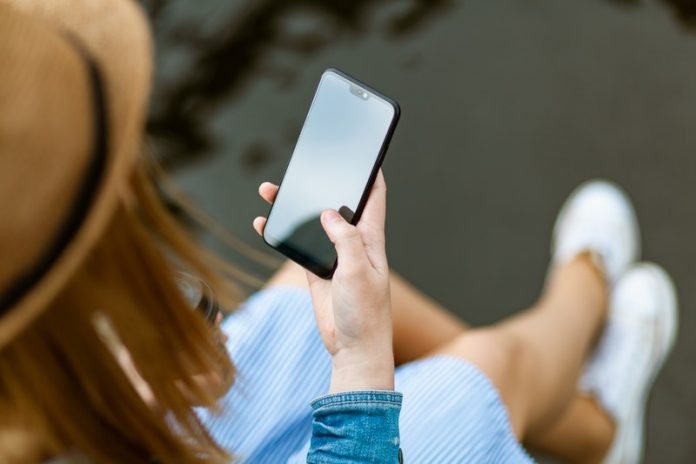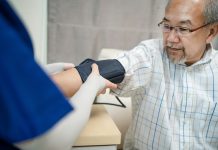
Smile! Your phone’s camera might someday be able to check your blood pressure.
A new study shows accurate readings can be captured from short videos using smartphone-based software that detects blood flow changes in faces.
Don’t rush to the app store just yet. Issues remain to be worked out, such as testing the tech on a wider variety of skin tones.
But aside from the gee-whiz factor, the development could be important because many people fail to regularly monitor their blood pressure, a vital indicator of heart health.
“High blood pressure is a major contributor to cardiovascular disease – a leading cause of death and disability,” study author Kang Lee, professor and research chair in developmental neuroscience at the University of Toronto, Canada, said in a news release.
“To manage and prevent it, regular monitoring of one’s blood pressure is essential.”
Cuff-based monitoring devices, while highly accurate, are inconvenient and uncomfortable, Lee said, and users tend not to follow recommendations to take multiple measurements each time.
The video method uses what’s known as transdermal optical imaging software. Optical sensors in phones, using ambient light, check blood flow patterns in a subject’s face.
The software then uses models to predict blood pressure.
In the study, Lee and his colleagues used iPhones equipped with the software to make two-minute videos of 1,328 Canadian and Chinese adults.
The researchers compared measurements captured from the videos to readings using a traditional cuff-based device. The video measurements met international standards for blood pressure devices, Lee said.
Results were published Tuesday in Circulation: Cardiovascular Imaging.
Work remains to be done. Researchers scanned faces in a well-controlled environment with fixed lighting, so it’s unclear whether the technology can work as well in other settings.
Also, the study sample lacked subjects with either extremely dark or fair skin tones. Lee and colleagues also are looking into reducing the needed video length to 30 seconds.
Nearly half of American adults have high blood pressure, and many aren’t aware, according to the American Heart Association. A successful app could help them.
“This study shows that facial video can contain some information about systolic blood pressure,” Ramakrishna Mukkamala, professor in the Department of Electrical and Computer Engineering at Michigan State University in East Lansing, said in the news release. He authored an editorial that accompanied the new study.
“If future studies could confirm this exciting result in hypertensive patients and with video camera measurements made during daily life, then obtaining blood pressure information with a click of a camera may become reality.”



